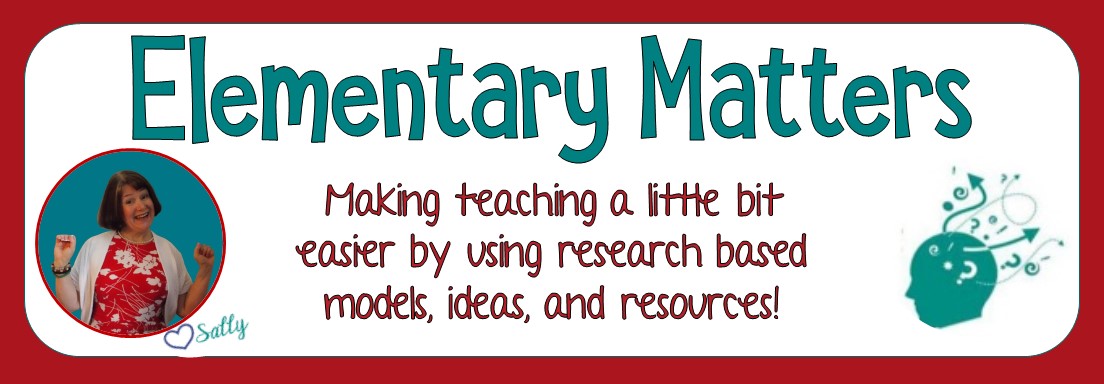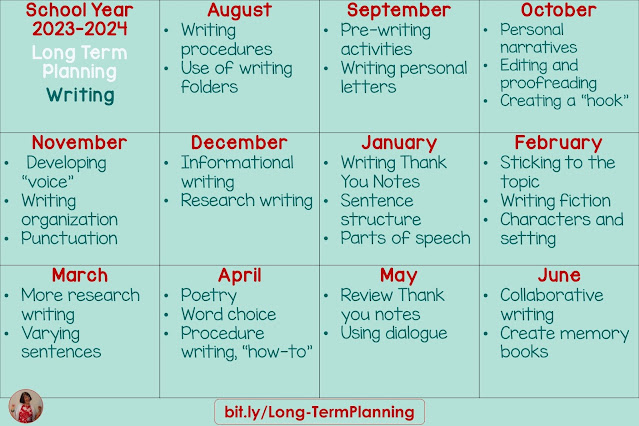They say it takes 6 weeks at the beginning of the school year for all the routines to be mastered, and REAL teaching can begin.
There are a whole lot of routines and procedures to be taught between now and then. Plus, there's all that assessment that needs to happen. What about academics?
We have a whole lot of teaching to do!
Yes, we need to get to teaching academics! Reading, language, writing, math, science, social studies... those curriculums won't teach themselves! How do we do it all?
We want them to be learning and growing.
After all, that's what school is for! But that real learning won't start until all the routines are in place. Once they know what to do when they enter the room, and what to do during morning meeting, and what to do during centers, and how to line up for lunch, and what to do during reading and math groups... and so on! Once the classroom is working like a well-oiled machine, then the teaching of academics can begin successfully!
Yet, we want them to be confident and happy about school.
This is what allows learning to happen, isn't it! If they're not sure what to do, that doesn't build confidence. If they feel insecure about the work they're doing, they're not going to be happy in the classroom, are they? And if they're not happy or confident, they won't be learning.
How can we keep them feeling good, yet still growing as learners?
Well, we shouldn't throw too much at them at once! Between all those procedures and routines that have to be taught, giving them more to learn as well is too much!
Have plenty of "reviewing of previous skills" to do while learning the new routine.
Studies show teachers should only introduce one new skill at a time. That means, if you're teaching the routine of using devices during centers, they should be using skills they're already familiar with while learning the device routine!
If you're teaching the routine of independent reading, they should be reading books that are easy for them.
If you're teaching the routine of coming to reading group, you should have them work on skills they've already learned.
There's plenty of time to introduce and practice new skills, once they've mastered the routine.
What should we use for review? Here are a few ideas:
Have more "reviewing of previous skills" for them to do while assessing and learning about their learning!
Besides teaching routines, the other "biggie" at the beginning of the school year is figuring out where the children are in their skills. No matter what our curriculum dictates, if they're not ready for a specific skill, we need to teach the previous skills.
Don't forget those things that the students can always do at their own level:
Writer's Workshop (See this post HERE.)
But to maintain a positive atmosphere and build confidence, start with "fun and easy" activities.
It's scary for the kiddos to start a new grade. If the work they're doing in that new grade is fairly easy for them, that will really put a damper on their academic mindset!
Here are a couple more resources that are fun, easy review to start off the year:
or the same resource in for digital version:
Review Basic Concepts and Skills Review Boom Cards Bundle Second Grade
But then, there are those "high flyers!" They need something special, too! These science and social studies Boom Cards are perfect for these kids! The students can work independently, the cards give immediate feedback, and can be used over and over, learning more with each use!




























































